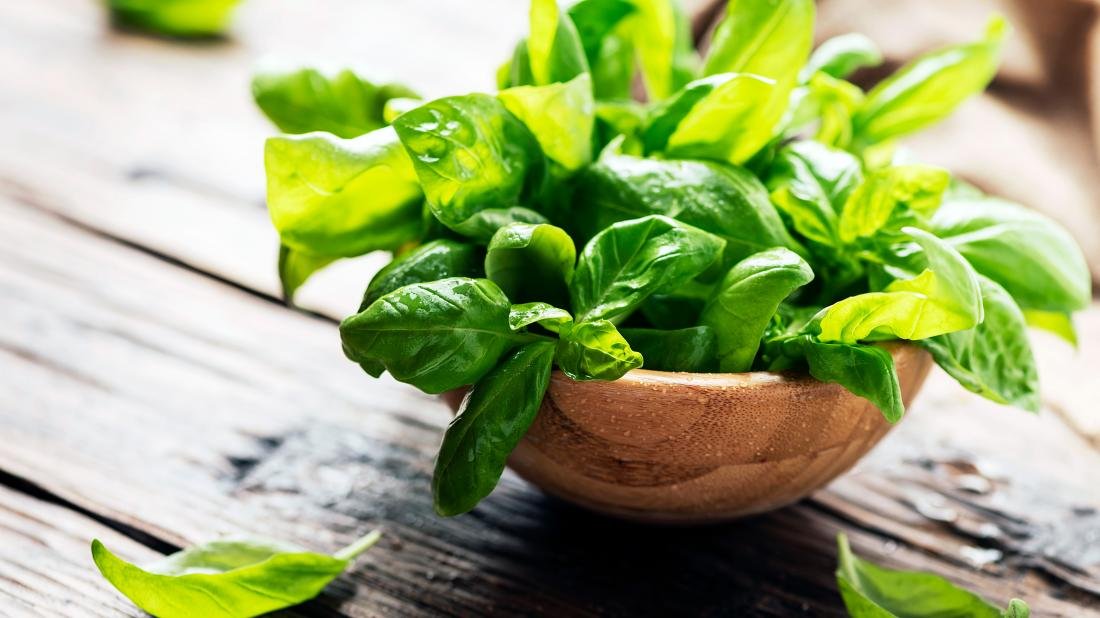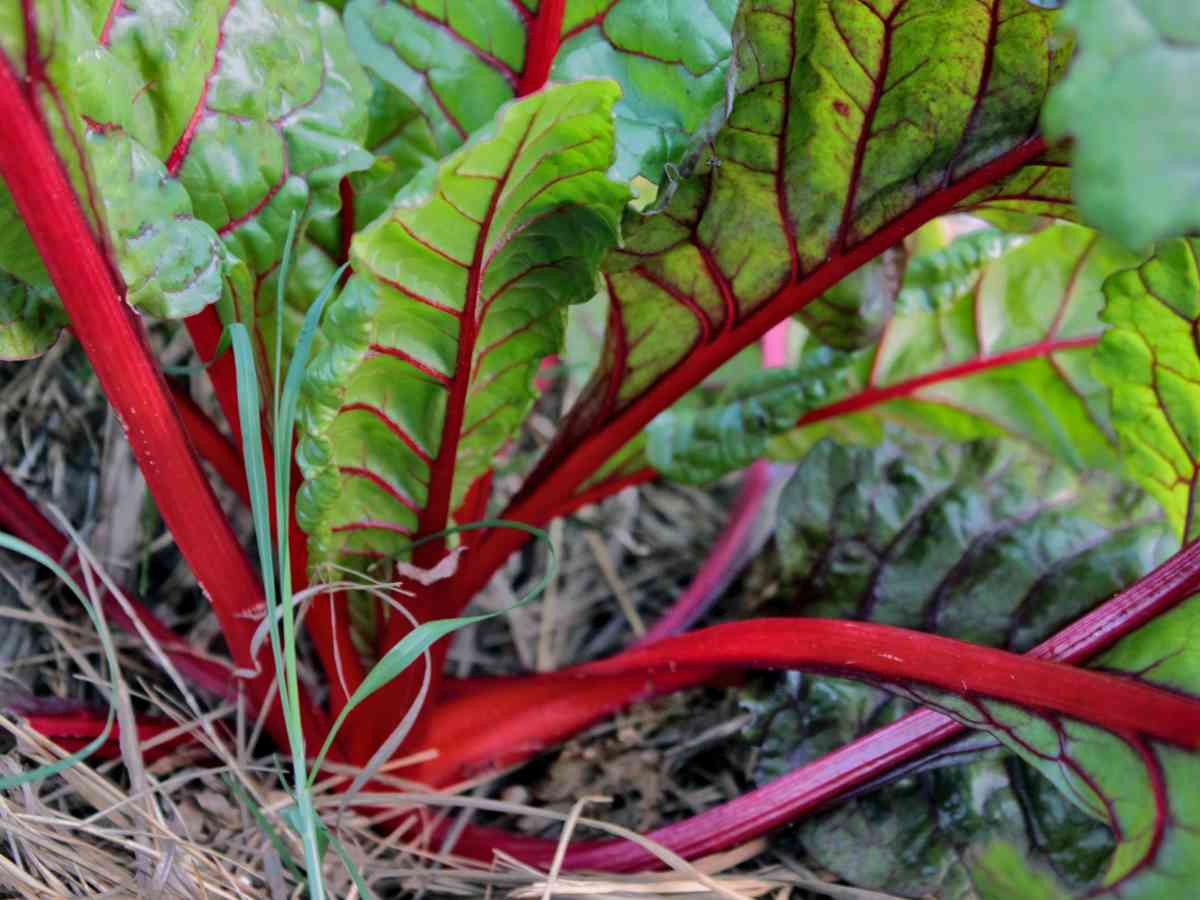Top Crops Sugestion for Your Small Vegetable Gardens
Gardens - Growing a small vegetable garden is like living in a small house: It's not as easy as it looks. One of the keys to success is making good plant choices. Choose compact, productive plants that take up less space yet still provide plenty to harvest.
So, to help you determine what plants are suitable for your small garden, here are 6 recommended crops for your small garden.
Basil
Sowing basil is relatively easy. When choosing which type of basil to grow, consider how often you plan on harvesting its leaves. If you plan on harvesting them only occasionally, select a less-strong type of basil.
If you anticipate harvesting your basil annually, choose a strong type of basil. The strongest type of basil will deliver flowers and set seed more often, which means it will produce more basil in a given period of time.
- Average Yield: Pick leaves as required
- Spacing : 30cm apart & 30cm between rows
Chard
Chard is interesting choice because it has both water and ice in it. These long, dark green leaves are stunning (and nutritious) when tossed with olive oil and lemon juice.
You could put it on top of your salad when you are feeling runny wee, or you could put it in a blender with some water and a splash of lemon juice. Either way, when you add the fresh ingredients to your food processor it leaches out more nutrients than you would get from eating the outer leaves directly.
These frozen florets may actually be better for you than fresh as they contain more fiber and minerals that we cannot get from fresh spinach.
- Average Yield: 6kg per 3m row
- Spacing: 25cm apart
Eggplant
Growing eggplants takes about 9 months from start to finish. The plant prefers slightly acidic soil but will grow in any potting mix. The main trouble with growing eggplants is they have a low tolerance for water and will die if kept clay-stained and watered rarely.
After the leaves are flushed out, remove the largest leaves from each vine; these will be the female flowers. Pick the best 6-8 flowering heads (the female part of the plant) from each vine; these will be the male flowers. Place them in a cold frame and cover with plastic wrap or silk handkerchiefs (this keeps the male flowers from touching the female ones).
- Average Yield: Six fruits per plant for larger varieties and 10 for smaller varieties
- Spacing: 40cm apart
Hot Peppers
Hot peppers (capsicum annuum) are easy to grow and maintain. They do well in every environment except very hot conditions. This makes them an excellent choice for outdoor containers, or ones that have been placed in a sunny spot with little afternoon rain. Most hot pepper plants will send up their roots at night, protecting the fruit from frostbit.
Hot peppers are considered to be a good source of protein with solid carbohydrates making them an excellent choice for weight loss due to their ability to utilize stored body fat as energy sources.
Tomatoes
Growing tomatoes is a fun and rewarding task, resulting in masses of fresh, nutritious tomatoes that taste better than anything you can buy in the shops. Tomatoes are easy to grow and taste best when grown in full sun. There are many different varieties of tomato to grow, including cherry, plum and beefsteak, each with its own distinctive shaped fruit, flavour and culinary use.
Tomatoes are delicious raw or cooked and can be used in a variety of recipes. Tomatoes can be started from seed or cuttings and harvested when they are ripe.
Even if you don't have an extensive gardening knowledge, you can still get involved - they are ideal for starting indoor vegetable gardens or adding a sprig to your outdoor lawn to help cleanse soil.
- Average Yield: 2.75-5kg per plant
- Spacing: 40cm apart & 40cm between rows
Lettuce
Growing your own lettuces is a great way of adding fresh produce to your diet on a regular basis. You can also save money on grocery bills if you regularly buy frozen lettuces instead of fresh ones.
It is also an easy way to get more vitamin C into your diet. The Vitamin C content in lettuces makes them an excellent source of antioxidant power. Antioxidants can protect your cells against free radical damage caused by free radicals in your environment. This helps protect against diseases like cardiovascular disease, cancer and Alzheimer’s thanks to its high levels of antioxidants
- Average Yield: 8-12 heads per 3m row
- Spacing: 15cm apart & 30cm between rows






Post a Comment for "Top Crops Sugestion for Your Small Vegetable Gardens"